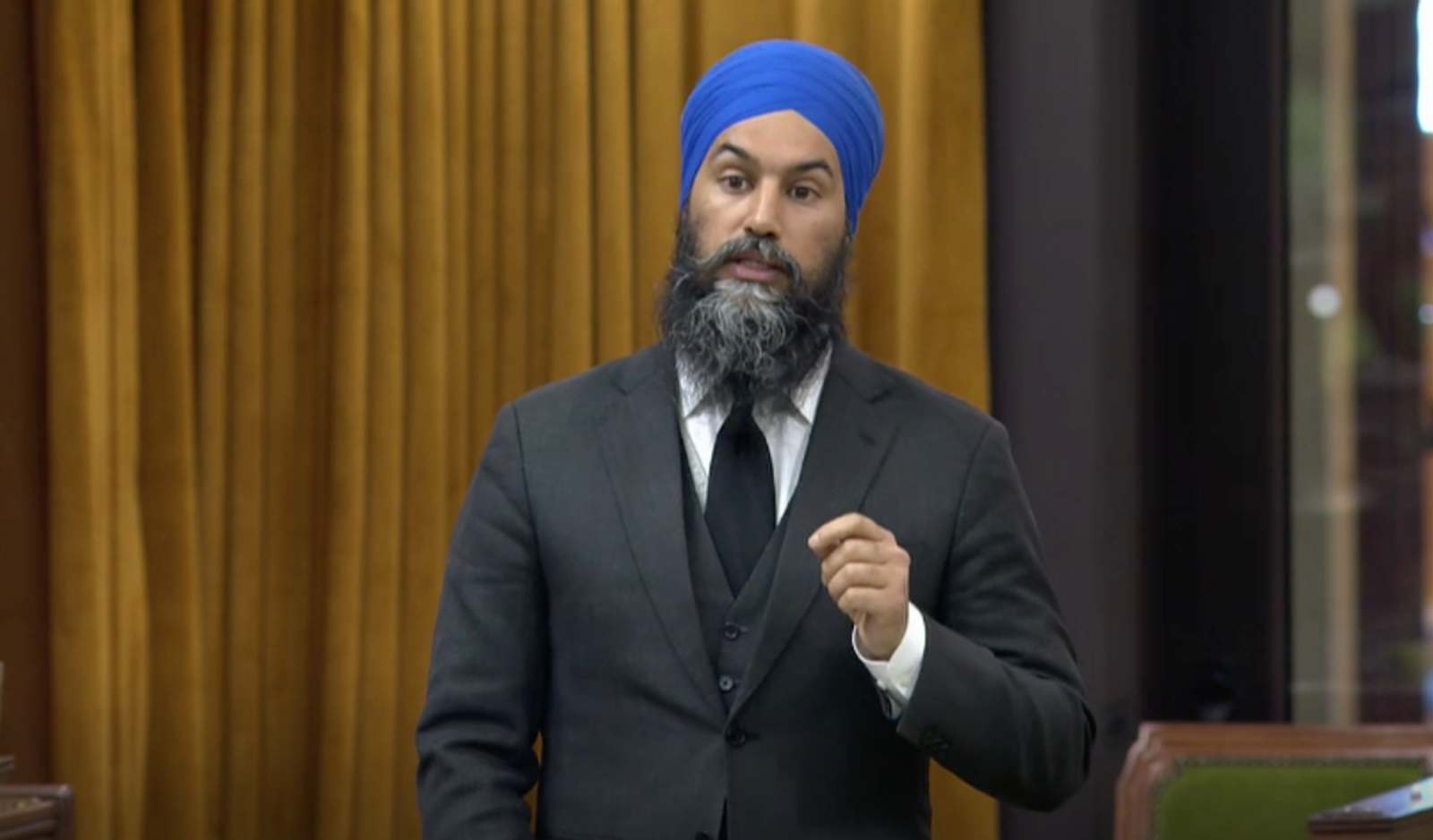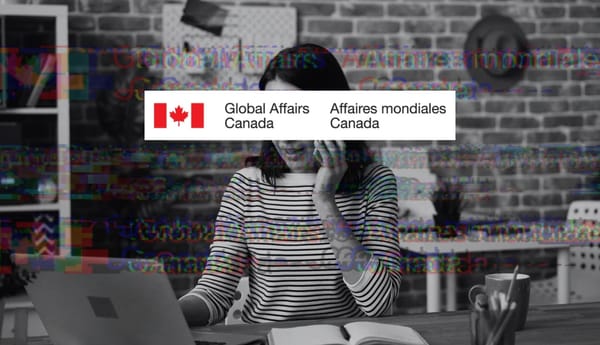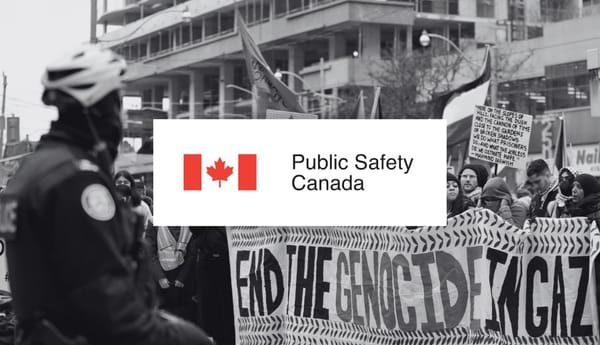Canada has failed to adequately support poor, vulnerable and working-class populations during the COVID-19 crisis. Yet there is a fight in parliament to aid these groups, and Jagmeet Singh and the New Democratic Party (NDP) caucus have been at the forefront. While the Conservative Party bloviates about carbon taxes, the NDP have been offering concrete opposition to the Liberal Party.
In general, Canadians have demonstrated broad support for social distancing measures, and many are getting aid via: Employment Insurance (EI); the newly-forged Canadian Emergency Response Benefit (CERB); a wage subsidy being offered to impacted businesses; and the Canadian Emergency Student Benefit (CESB) for students excluded from the CERB. Through the CERB alone, more than 7 million Canadians have applied for aid from the federal government.
But one ignored fact is the NDP’s instrumental role in securing any benefits these programs have achieved.
At the onset of the COVID-19 crisis, it became clear that the existing EI model would be ill-equipped for the economic fallout. So, Singh called for the creation of a $2,000 monthly aid program for all Canadians in need. A few days later, the minority parliament negotiated an initial aid package that was substantially larger than what the Liberals had previously announced, in part because of the NDP’s efforts.
Unfortunately, the CERB initially left out more than a million Canadians who needed help. The Canadian Centre for Policy Alternatives also estimated that a third of unemployed Canadians would be left without any support. Those who lost much, but not all, of their income were also excluded. In response, the NDP continued fighting to remove all barriers to the CERB. Although the Liberals haven’t adopted this universal approach, CERB access has since been expanded to include more Canadians, such as those earning less than $1,000 per month.
The NDP has also fought alongside student groups to have students included within the CERB. The Liberals have since created the CESB. While student groups have rightfully organized to protest the CESB’s limitations and their continued exclusion from the CERB, it’s still nonetheless an improvement. The NDP have also since spearheaded efforts to bring higher aid amounts for students with disabilities and dependents, bringing them in line with CERB amounts.
The NDP has also been a leading force in the fight for wage subsidies. Prime Minister Justin Trudeau initially pushed a 10 per cent wage subsidy, but labour and employers alike deemed that insufficient. Singh, along with the Canadian Federation of Independent Business, United Steelworkers, United Food and Commercial Workers, and UNIFOR, then called upon the government to offer a more robust subsidy. Shortly after, parliament agreed to expand the subsidy to 75 per cent.
The NDP, as well as the Bloc Québécois, have also demanded that tax-dodging corporations not be given access to the subsidy. Though Trudeau’s commitment to this has been unclear — Trudeau first said he would not exclude these companies, then said he would, before refusing to repeat that commitment after making it — the pressure is nonetheless warranted and necessary.
Of course, none of these accomplishments are due solely to the NDP’s efforts. The role groups outside of parliament lobbying for more equitable and ambitious aid packages have played must not be ignored. As noted, students have mobilized to push for their inclusion into the CERB, and labour and employer groups have played a role in beefing up specific programs and the stimulus package more generally.
It can also be argued that while the NDP has talked about the need to protect renters, and called for rent moratoriums early on in the crisis, it has failed to stridently spearhead transformative proposals, such as full rent cancellation, or explicit organizational support for those Canadians across the country organizing rent strikes
But I’m confident that if the Liberals had an unaccountable majority government, their aid package wouldn’t have been nearly as responsive to the needs of regular Canadians.
Much of this might be a surprise to the reader, however, because many of Canada’s mainstream media sources have failed to properly acknowledge the NDP’s role in forming or expanding Canada’s various aid programs, or give credit for proposals that entered into the government’s plan. In one particular instance, the NDP’s criticism of wage subsidies going to tax-dodging companies was entirely omitted from a Toronto Star article, even though the author had previously retweeted proof of such criticism
The pattern has been that the Liberals implement an insufficient program, the NDP pushes for expansions, the government dawdles for days while Canadians suffer and then eventually comes around as Trudeau reports a shiny new government initiative at his daily press conference. In this cycle, it can be very difficult for opposition parties to actually get adequate coverage, even as they’re making notable contributions. Of course, it’s more important to help Canadians than worry about scoring points, but the reality of politics is that if you don’t get noticed, you may end up punished at the polls.
While it’s not unreasonable for the left to note deficiencies in media coverage, the NDP itself can do much more to directly reach Canadians. Some members of parliament, such as Niki Ashton and Matthew Green, have been doing nearly daily livestreams, but a more concerted effort by the central party is likely needed to achieve a strong command of direct digital media not dependent on network news.
Some recent polling suggests that this lack of coverage of the party’s contributions to COVID-19 relief packages has perhaps led to the Liberals gaining massive support as numbers plummet for the rudderless Conservatives. Canadians should be wary, however, because with every point gained the Liberals get a bit closer to the sort of majority mandate that would allow them to ignore the NDP, other opposition parties and regular Canadians
Voters should keep all of that in mind at the next election and cast their ballots accordingly. After all, it’s Singh and the NDP that are doing the heaviest lifting when it comes to calling for more than a mere return to normalcy. In addition to Singh suggesting that the old normal’s systematic injustice and inequality must be vanquished, NDP health critic Don Davies has highlighted how this crisis has shined a massive spotlight on the immediate need for a universal single-payer pharmacare program.
The left certainly has cause to demand concrete commitments from Singh and the NDP when it comes to envisioning a post-pandemic Canada, but the party seems to be willing to engage in that dialogue unlike any other.






